
The importance of security maturity in development teams
Most organizations are still struggling to emphasize security as a critical element of the software development lifecycle (SDLC) with few being able to conquer the robust DevSecOps approach. For many, prioritizing features and release deadlines is still taking precedence over security. This comes with repercussions, including the increased risk of an expensive data breach and reduced productivity as teams sift through security tickets and rework.
Because developers are the first line of defense when it comes to eliminating risk from software vulnerabilities, it is important for organizations to think about increasing the maturity of their development teams. But this raises a number of questions.
How does an organization assess the security maturity of its development teams? How can setting up a security maturity roadmap not seem like an impossible task? How can you keep your developers engaged and motivated to improve their security maturity?
We have used insights from the Secure Code Warrior State of Developer-Driven Security Survey to understand the answers to these questions and made use of our world-class Customer Service teams to discover what other organizations are doing to find the answers.
How can you increase the security maturity of development teams?
No two organizations are the same when it comes to improving security maturity, with many variables to consider that can impact a company’s success in its efforts to shift left. There are many benefits to those who do - including faster creation and release of code with fewer or no vulnerabilities, which in turn reduces expensive rework, and ultimately reduces risk.
Those organizations that make progress have a defined plan with management support, and a cohesive approach to continually improve security maturity over time that covers (amongst other things):
- Defining a security maturity baseline
- Assessing teams’ security maturity
- Identifying key security weaknesses
- Building a positive security culture
Check out our new whitepaper The importance of security maturity in development teams to take an in-depth look at:
- What is security maturity in development teams, and why is it important?
- What are the different stages and characteristics of security maturity for development teams?
- What is needed to build security maturity in development teams?


The effort to shift left requires a collective, continuous improvement of security knowledge and skills, within development teams

Secure Code Warrior is here for your organization to help you secure code across the entire software development lifecycle and create a culture in which cybersecurity is top of mind. Whether you’re an AppSec Manager, Developer, CISO, or anyone involved in security, we can help your organization reduce risks associated with insecure code.
Book a demo

Most organizations are still struggling to emphasize security as a critical element of the software development lifecycle (SDLC) with few being able to conquer the robust DevSecOps approach. For many, prioritizing features and release deadlines is still taking precedence over security. This comes with repercussions, including the increased risk of an expensive data breach and reduced productivity as teams sift through security tickets and rework.
Because developers are the first line of defense when it comes to eliminating risk from software vulnerabilities, it is important for organizations to think about increasing the maturity of their development teams. But this raises a number of questions.
How does an organization assess the security maturity of its development teams? How can setting up a security maturity roadmap not seem like an impossible task? How can you keep your developers engaged and motivated to improve their security maturity?
We have used insights from the Secure Code Warrior State of Developer-Driven Security Survey to understand the answers to these questions and made use of our world-class Customer Service teams to discover what other organizations are doing to find the answers.
How can you increase the security maturity of development teams?
No two organizations are the same when it comes to improving security maturity, with many variables to consider that can impact a company’s success in its efforts to shift left. There are many benefits to those who do - including faster creation and release of code with fewer or no vulnerabilities, which in turn reduces expensive rework, and ultimately reduces risk.
Those organizations that make progress have a defined plan with management support, and a cohesive approach to continually improve security maturity over time that covers (amongst other things):
- Defining a security maturity baseline
- Assessing teams’ security maturity
- Identifying key security weaknesses
- Building a positive security culture
Check out our new whitepaper The importance of security maturity in development teams to take an in-depth look at:
- What is security maturity in development teams, and why is it important?
- What are the different stages and characteristics of security maturity for development teams?
- What is needed to build security maturity in development teams?

Most organizations are still struggling to emphasize security as a critical element of the software development lifecycle (SDLC) with few being able to conquer the robust DevSecOps approach. For many, prioritizing features and release deadlines is still taking precedence over security. This comes with repercussions, including the increased risk of an expensive data breach and reduced productivity as teams sift through security tickets and rework.
Because developers are the first line of defense when it comes to eliminating risk from software vulnerabilities, it is important for organizations to think about increasing the maturity of their development teams. But this raises a number of questions.
How does an organization assess the security maturity of its development teams? How can setting up a security maturity roadmap not seem like an impossible task? How can you keep your developers engaged and motivated to improve their security maturity?
We have used insights from the Secure Code Warrior State of Developer-Driven Security Survey to understand the answers to these questions and made use of our world-class Customer Service teams to discover what other organizations are doing to find the answers.
How can you increase the security maturity of development teams?
No two organizations are the same when it comes to improving security maturity, with many variables to consider that can impact a company’s success in its efforts to shift left. There are many benefits to those who do - including faster creation and release of code with fewer or no vulnerabilities, which in turn reduces expensive rework, and ultimately reduces risk.
Those organizations that make progress have a defined plan with management support, and a cohesive approach to continually improve security maturity over time that covers (amongst other things):
- Defining a security maturity baseline
- Assessing teams’ security maturity
- Identifying key security weaknesses
- Building a positive security culture
Check out our new whitepaper The importance of security maturity in development teams to take an in-depth look at:
- What is security maturity in development teams, and why is it important?
- What are the different stages and characteristics of security maturity for development teams?
- What is needed to build security maturity in development teams?

Click on the link below and download the PDF of this resource.
Secure Code Warrior is here for your organization to help you secure code across the entire software development lifecycle and create a culture in which cybersecurity is top of mind. Whether you’re an AppSec Manager, Developer, CISO, or anyone involved in security, we can help your organization reduce risks associated with insecure code.
View reportBook a demoMost organizations are still struggling to emphasize security as a critical element of the software development lifecycle (SDLC) with few being able to conquer the robust DevSecOps approach. For many, prioritizing features and release deadlines is still taking precedence over security. This comes with repercussions, including the increased risk of an expensive data breach and reduced productivity as teams sift through security tickets and rework.
Because developers are the first line of defense when it comes to eliminating risk from software vulnerabilities, it is important for organizations to think about increasing the maturity of their development teams. But this raises a number of questions.
How does an organization assess the security maturity of its development teams? How can setting up a security maturity roadmap not seem like an impossible task? How can you keep your developers engaged and motivated to improve their security maturity?
We have used insights from the Secure Code Warrior State of Developer-Driven Security Survey to understand the answers to these questions and made use of our world-class Customer Service teams to discover what other organizations are doing to find the answers.
How can you increase the security maturity of development teams?
No two organizations are the same when it comes to improving security maturity, with many variables to consider that can impact a company’s success in its efforts to shift left. There are many benefits to those who do - including faster creation and release of code with fewer or no vulnerabilities, which in turn reduces expensive rework, and ultimately reduces risk.
Those organizations that make progress have a defined plan with management support, and a cohesive approach to continually improve security maturity over time that covers (amongst other things):
- Defining a security maturity baseline
- Assessing teams’ security maturity
- Identifying key security weaknesses
- Building a positive security culture
Check out our new whitepaper The importance of security maturity in development teams to take an in-depth look at:
- What is security maturity in development teams, and why is it important?
- What are the different stages and characteristics of security maturity for development teams?
- What is needed to build security maturity in development teams?
Table of contents

Secure Code Warrior is here for your organization to help you secure code across the entire software development lifecycle and create a culture in which cybersecurity is top of mind. Whether you’re an AppSec Manager, Developer, CISO, or anyone involved in security, we can help your organization reduce risks associated with insecure code.
Book a demoDownloadResources to get you started
Trust Agent: AI by Secure Code Warrior
This one-pager introduces SCW Trust Agent: AI, a new set of capabilities that provide deep observability and governance over AI coding tools. Learn how our solution uniquely correlates AI tool usage with developer skills to help you manage risk, optimize your SDLC, and ensure every line of AI-generated code is secure.










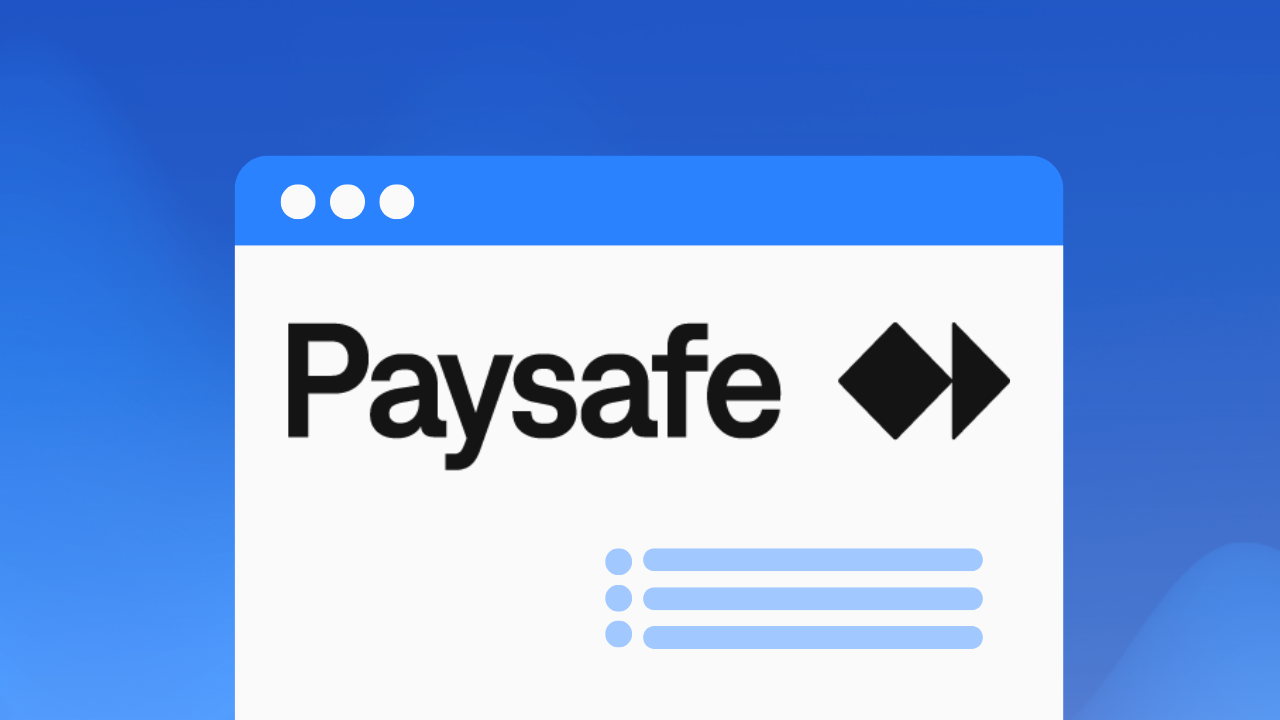
.png)
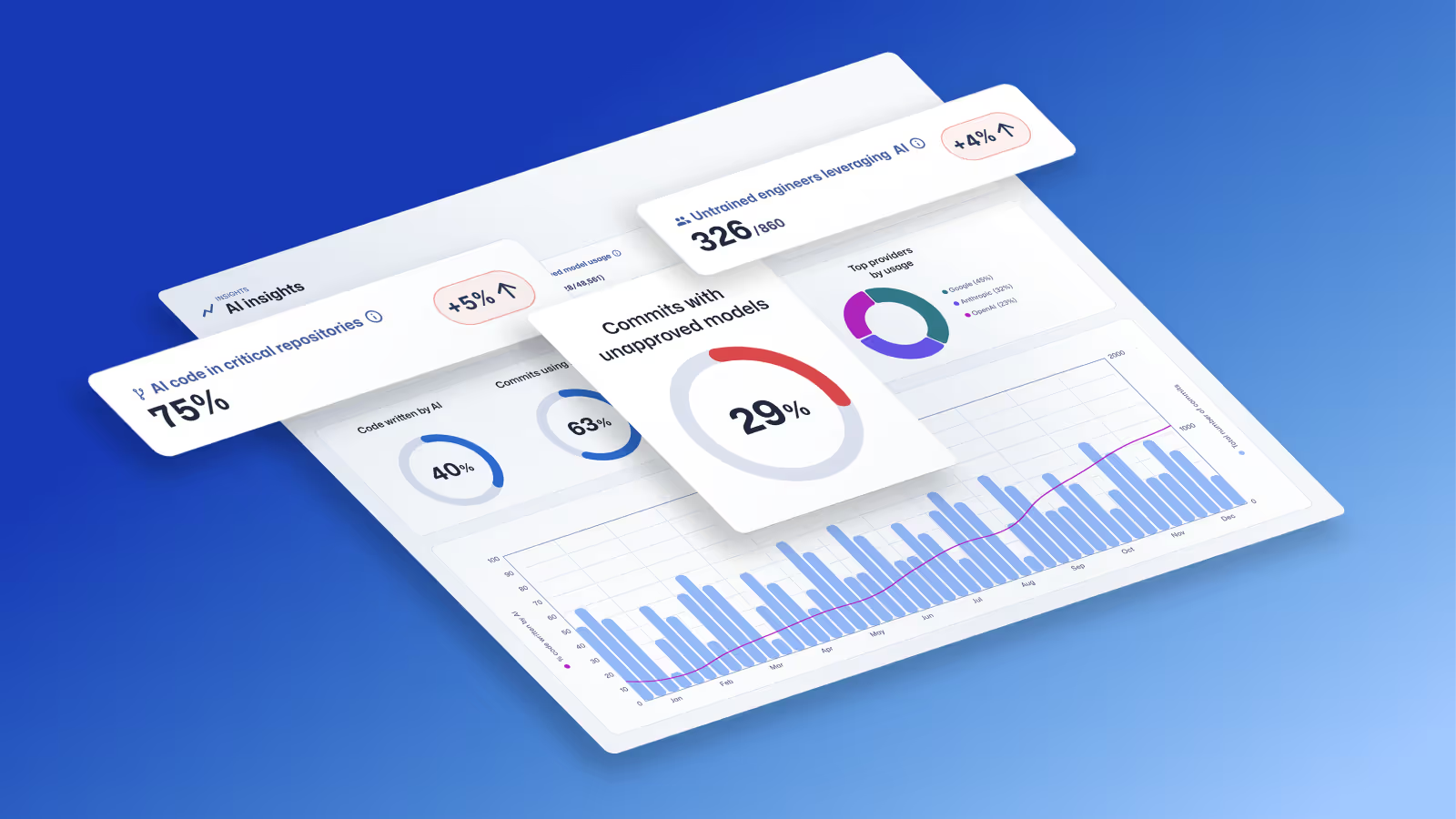
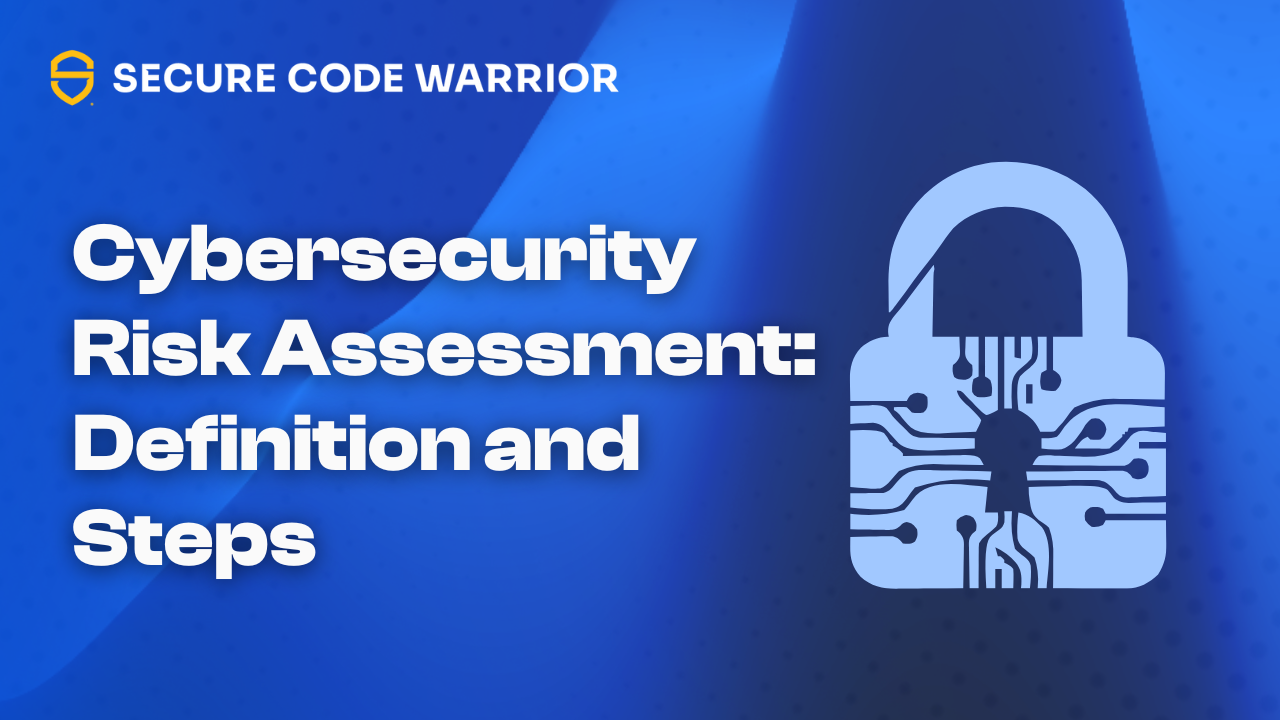
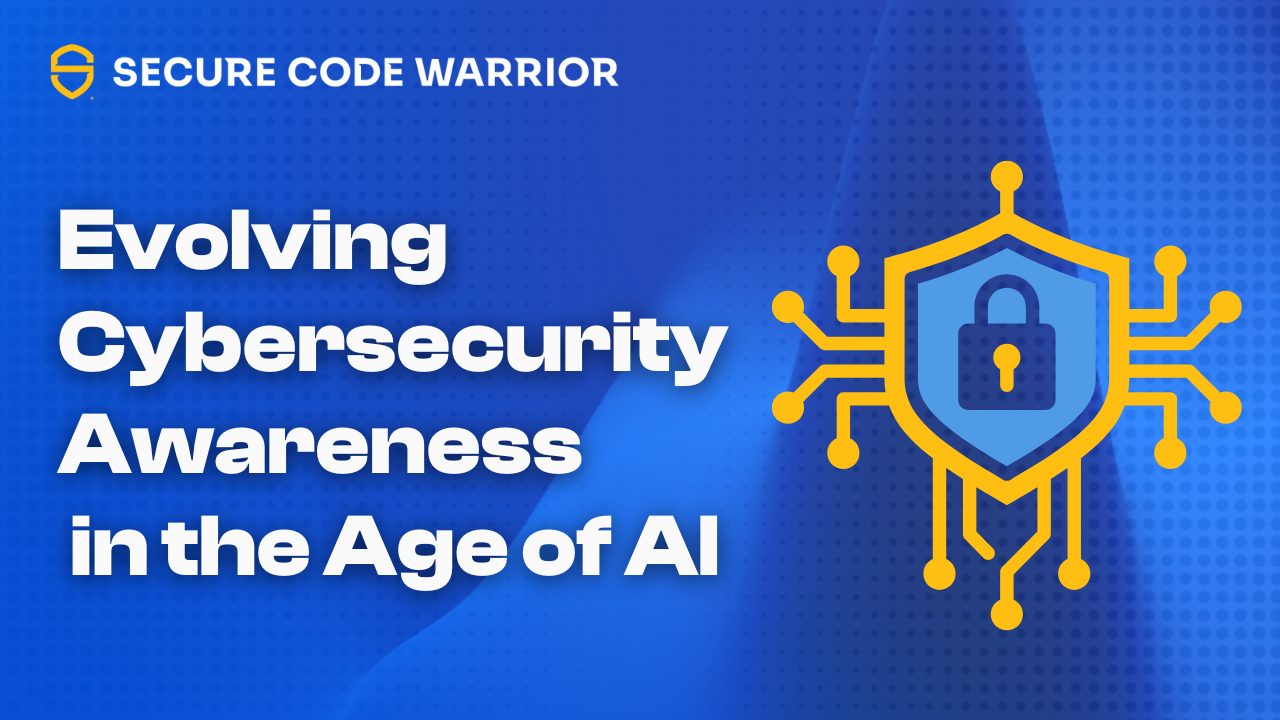
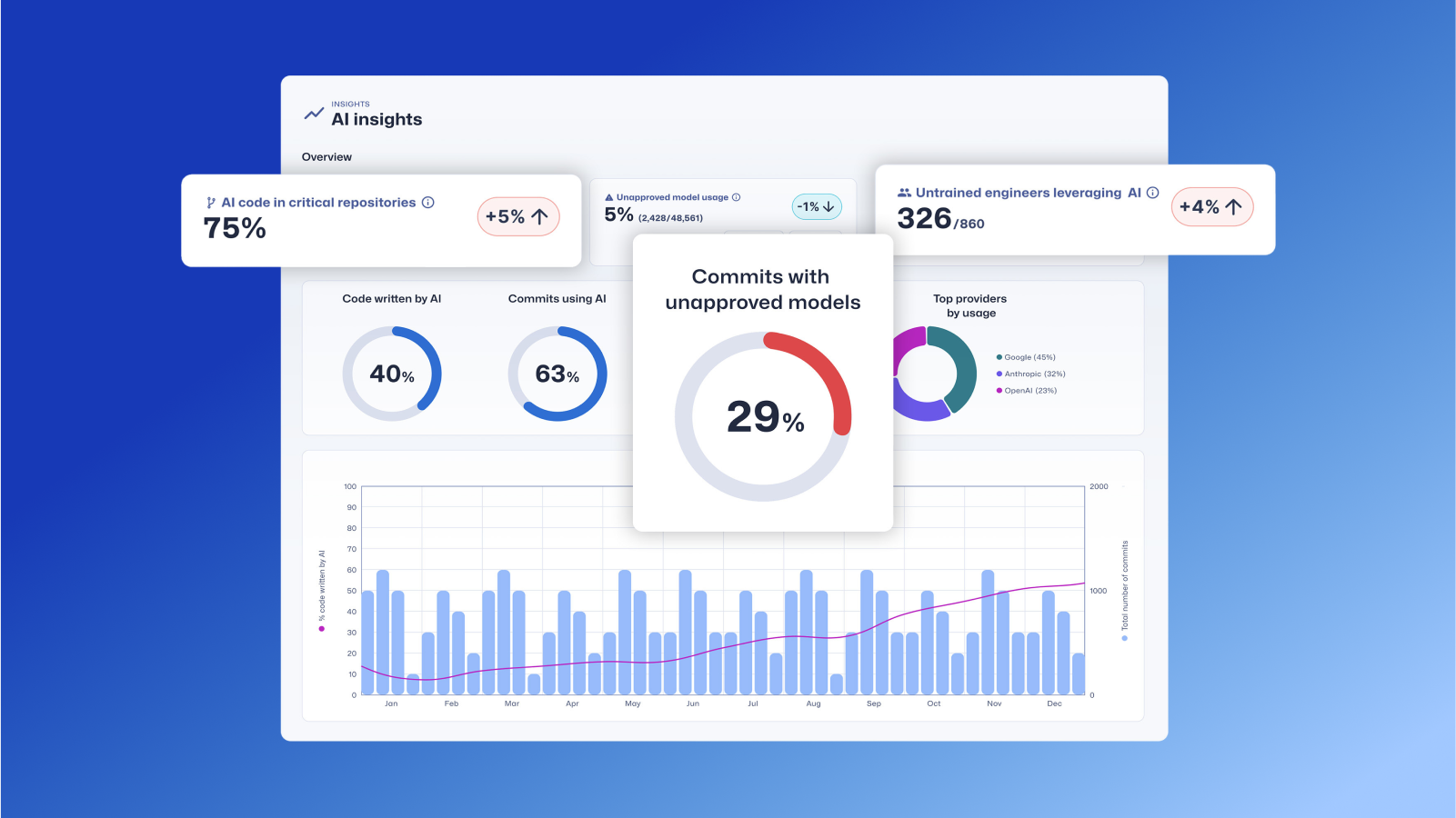
.avif)
